Hearing Loss or Impairment – Adult
What is Hearing Loss or Impairment?
There are many types of hearing loss. In order to understand these types, it is important to know the three parts of the ear: outer ear – the part of the ear on the outside of our heads and the ear canal up to the eardrum; middle ear – the space on the other side of the eardrum which contains the three small bones that transmit the sound waves we hear; inner ear – the cochlea, which processes sound and sends the signal to the brain through the auditory nerve, and the semicircular canals, which help with balance. A hearing loss will result if there is damage at any point in the hearing system.
A conductive hearing loss means there is something wrong in the outer or middle ear so that sound is not conducted properly to the inner ear. This can be caused by wax build-up, a ruptured eardrum, infection or malformation. If there is fluid or infection in the middle ear, then the loss may be temporary or intermittent and can be treated with antibiotics or drainage tubes. If the damage is structural, the hearing loss is likely to be permanent and hearing aids will be considered.
Sensorineural hearing loss means that something is wrong with the inner ear or auditory nerve. This is a permanent hearing loss and the individual will benefit from a hearing aid or listening device. This type of hearing loss can be caused by aging, disease, head trauma or exposure to loud noise. In the elderly, the hearing loss is typically progressive and more noticeable in noisy environments. People often report that they can hear what is said, but it is hard to understand what is said.
Mixed hearing loss is when a person has a temporary or permanent conductive hearing loss and a permanent sensorineural loss. This type of hearing loss will affect the ability to hear all speech sounds.
The impact of a hearing loss will depend on many factors including: the severity of the hearing loss, i.e. whether it is mild, moderate or severe;if it affects one ear or both ears; if the hearing loss was present at birth or acquired later in life; the type of hearing loss (conductive, sensorineural or mixed); if the loss is temporary (e.g. wax or infection) or permanent; whether the person uses hearing aids or listening devices
Aural rehabilitation helps persons with a hearing loss or impairment to make the best use of their residual hearing. This begins with identifying and diagnosing a hearing loss, fitting and dispensing a hearing aid, and determining how the hearing loss impacts the person’s life. Education and counseling are important to help adults understand and adjust to the hearing loss, to make the best use of hearing aids or listening devices, and to promote successful communication and prevent isolation.
What can professionals do to help?
Audiologists take a primary role in aural rehabilitation. Audiologists are the professionals who will assess the individual using a variety of tests to determine the type and amount of the hearing loss, discuss treatment options and make recommendations for hearing devices (hearing aids, cochlear implant, FM systems). Audiologists also provide education and counselling services to promote optimal hearing.
